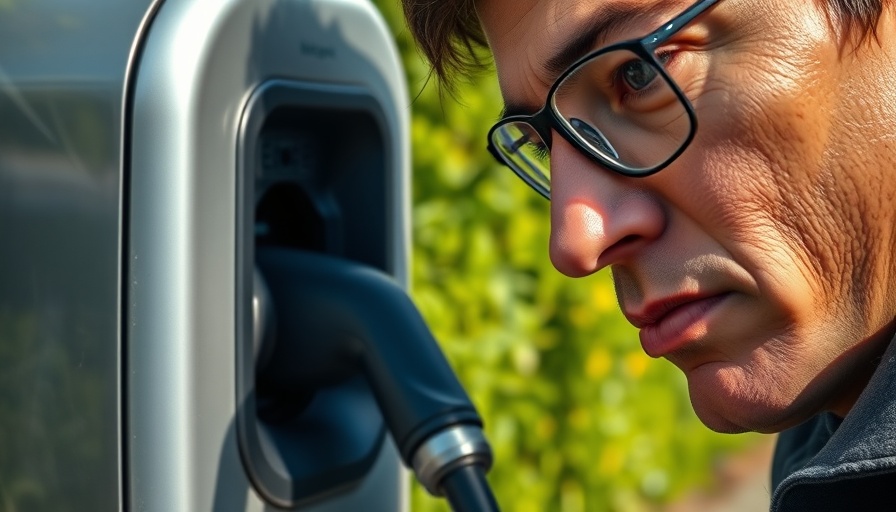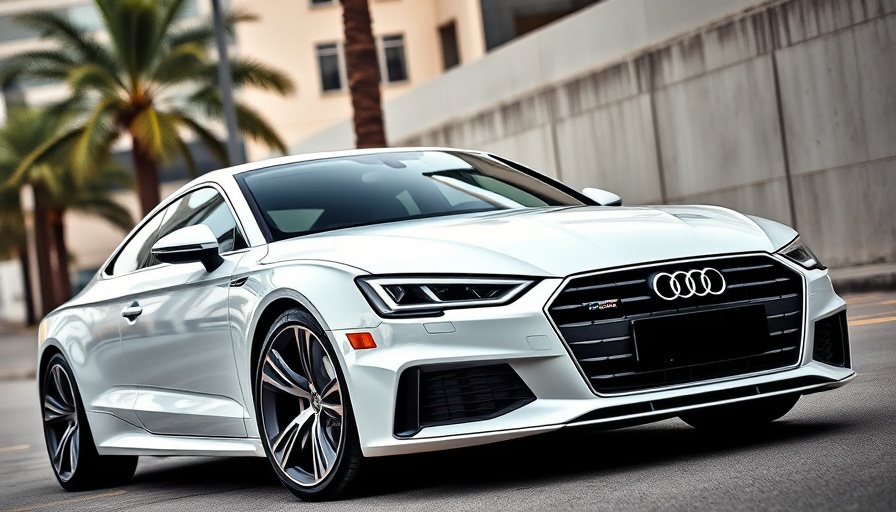
Navigating the Waters of Rebranding in the Automotive Industry
In an era defined by rapid technological advancements and shifting consumer preferences, Jaguar's recent rebrand is a bold gamble that seeks to redefine its identity. Known for its legacy in luxury automotive craftsmanship, Jaguar faces an uphill battle as it pivots towards electric vehicles (EVs) – a response driven by urgency in both market dynamics and environmental responsibility.
The Challenge of Legacy
Traditionally, Jaguar has been synonymous with British luxury and performance. However, the market landscape is evolving with the introduction of younger, tech-savvy competitors like Tesla, which are reshaping consumer expectations. In the past decade, Jaguar's reliance on its storied past has not sufficed in attracting a new generation of drivers, leading to an aging customer base. The recent decision to embrace electric mobility is an acknowledgment that adhering strictly to historical prestige as a sales strategy is no longer viable.
Strategic Shifts Toward Electric Vehicles
The transition towards EVs signifies not just a product change but a comprehensive overhaul of Jaguar’s business model. This realignment not only reflects a commitment to sustainability but also taps into the growing perception of EVs as the luxury option for environmentally conscious consumers. Jaguar’s rebranding is aimed not merely at aesthetics but represents a fundamental shift in market positioning—an endeavor to carve out a fresh identity within a new category.
Lessons from Automotive History
Jaguar is not alone in its journey. Historical cases like Skoda demonstrate how brand evolution can result in renewed competitiveness—although Skoda maintained its existing business model while aligning itself with Volkswagen. Jaguar's path is markedly different, positioning itself within the realm of EVs, thereby challenging all traditional automotive norms. Understanding this dynamic is key for dealer principals and automotive leaders watching closely.
The Implications of New Category Boundaries
As Jaguar builds a brand that straddles the lines between automotive, hospitality, entertainment, and even financial services, it invites a broader conversation about the future of luxury. Today’s consumer experiences are holistic, requiring brands to deliver beyond just product offerings. The success of Jaguar’s rebrand will not simply rely on the quality of its EVs but also how well it can integrate into various lifestyle aspects of its target demographic.
Conclusion: The Future Unfolds
Jaguar’s endeavor to redefine its brand comes with challenges and opportunities. By focusing on innovation and sustainability, it aims to build a narrative that resonates with a new generation while staying true to its roots of luxury and performance. As the automotive landscape continues to evolve, Jaguar’s commitment could serve as a beacon for others—showcasing that daring to dream in the face of tradition can foster a lasting impact.
 Add Row
Add Row  Add
Add 




Write A Comment